
Andrew Strom is a union lawyer based in New York City. He is also an adjunct professor at Brooklyn Law School.
President Biden’s appointees to the National Labor Relations Board have finally started overruling the disastrous anti-worker decisions issued by the Trump Board. In Tesla, Inc., the NLRB overruled a Trump-era decision and clarified that an employer must always demonstrate “special circumstances” to justify limits on workers’ right to display union insignia. Unfortunately, in their zeal to show how reasonable they are, the Biden appointees went out of their way to return the law to exactly where it stood on January 20, 2017, implicitly endorsing a series of terrible rulings that unnecessarily infringed on workers’ rights. The most egregious of these bad earlier decisions were cases limiting the rights of health care workers to display union insignia.
In Tesla, the Board reaffirmed a longstanding rule that workers have a right to wear union insignia on the job, and an employer must establish “special circumstances” to restrict that right. While production workers at Tesla had previously been allowed to wear black t-shirts with a variety of logos, at some point during a union organizing campaign the company began to enforce its dress code to allow only plain black t-shirts or black t-shirts with the company logo. The company claimed that its dress code was necessary both to allow supervisors to maintain “visual management” of the workers and to prevent mutilation of vehicles. The Board rejected these arguments because one company manager admitted that the company could maintain “visual management” even if black t-shirts contained other logos, and three company officials admitted that they did not have any knowledge of a t-shirt with a logo mutilating a vehicle.
While the Biden appointees asserted that they were not establishing a new standard or policy, they did expressly overrule one Trump-era decision — Wal-Mart Stores. In Wal-Mart, the Trump appointees had held that if an employer limits the size or appearance of union insignia but does not ban them outright, then there is no need for the employer to establish “special circumstances” to justify the restriction. In Tesla, the Board restores the test that an employer must demonstrate “special circumstances” to justify any limitation on the display of union insignia.
The problem with Tesla is that the Biden appointees were so set on reassuring employers about their reasonableness that they needlessly reaffirmed earlier Board rulings that were poorly reasoned. For instance, the Board cites with apparent approval a decision explaining that in healthcare facilities restrictions on wearing union insignia in immediate patient-care areas are presumptively valid “due to concerns about the possibility of disruption to patient care.” Then, to illustrate how an employer might go about establishing “special circumstances” to prohibit union insignia, the Board cites to a case finding that a nursing home lawfully prohibited a worker from altering her white smock to add a union emblem and message.
In fact, the Board has never explained how the display of union insignia could possibly disrupt patient care. The restriction on wearing union insignia in immediate patient-care areas instead arose out of an unthinking extension of a rule limiting solicitation in immediate patient-care areas. Leaving aside whether that restriction is justified, outside of healthcare facilities the Board has long applied a different rule to limitations on solicitation than it applies to limits on displays of union insignia. Employers have been allowed to ban solicitation during working time, but they have never been allowed to bar workers from wearing union insignia during working time. Before the Trump Board did its part to narrow the protections offered by the NLRA, Ronald Reagan’s appointees did similar damage to the Act that we are still living with almost 40 years later.
In a 1986 case, Mesa Vista Hospital, the Reagan appointees simply announced that an employer may presumptively ban union insignia in immediate patient-care areas. The Board has never explained why a prohibition on wearing union insignia in immediate patient-care areas is justified. In Mesa Vista, which involved a psychiatric hospital rather than an acute care hospital, the hospital’s medical director testified that “the wearing of contentious insignia by employees would demonstrate to patients that there is a lack of cohesion with the staff, and would undermine the patients’ trust and confidence in the treatment team.” Somehow, the employer had decided that buttons celebrating St. Patrick’s Day in the midst of the Troubles were not contentious.
More fundamentally, the arguments that hospital administrators have made to support banning union insignia in immediate patient-care areas are at odds with developments in patient-care over the last 50 years. We are stuck with law based on 1970s paternalism in the medical profession where male doctors made decisions for patients without even discussing treatment options, and where hospital administrators could insist on the necessity of maintaining a tranquil atmosphere for patients. I doubt this was ever the real reason for limiting union activity in hospitals, but anyone who has been in a hospital in the last twenty-five years knows how absurd it would be for a hospital administrator to insist that today’s hospitals are driven by the need to maintain tranquility. Televisions now blare throughout hospitals, and patients are no longer shielded from the outside world or from the details of their diagnoses. Hospitals have even allowed debt collectors to visit patients in their hospital beds. And the same health-care employers that have prevented workers from wearing union insignia have been quick to post materials raising fears of strikes.
The disappointments in the Tesla decision go beyond the health-care context. The Board seems to have lent its stamp of approval to a 2006 decision by George W. Bush’s appointees allowing a hotel employer to ban union buttons because the employer wanted to maintain a “wonderland” experience for guests. By that logic, it isn’t hard for employers to think of a public image that union insignia might detract from.
Whether a case involves a hospital, a hotel, a car factory, or any other workplace, the Board should be extremely skeptical of any claim that “special circumstances” justify a prohibition on union insignia. If employers were allowed to argue that “special circumstances” give them a right to operate non-union, we would hear those arguments in every case.

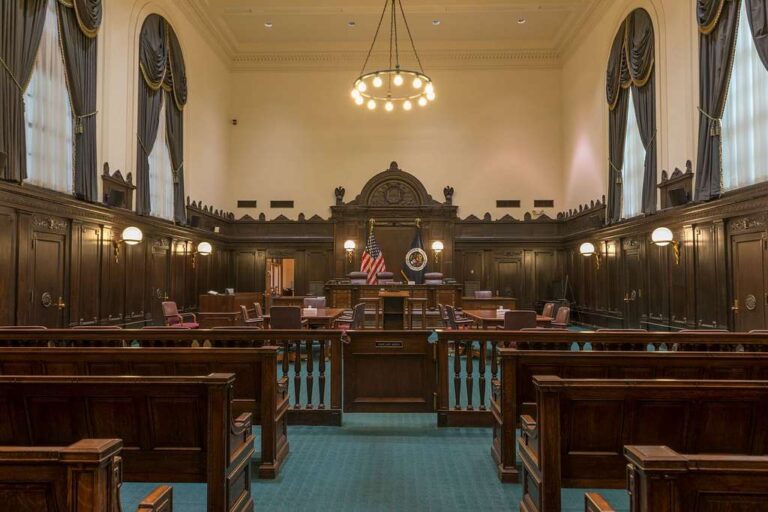
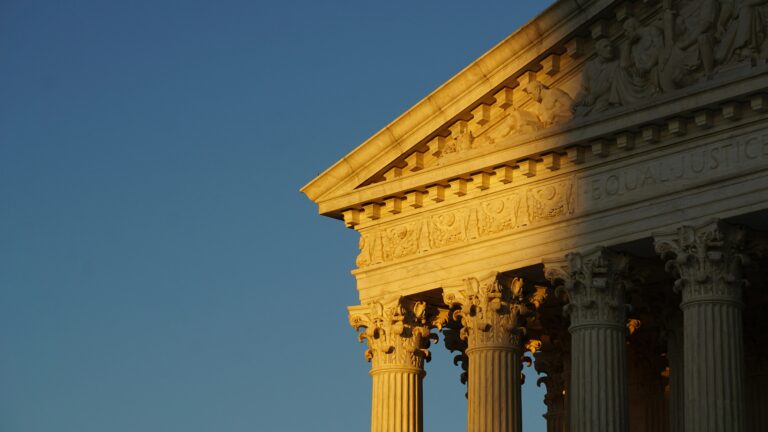
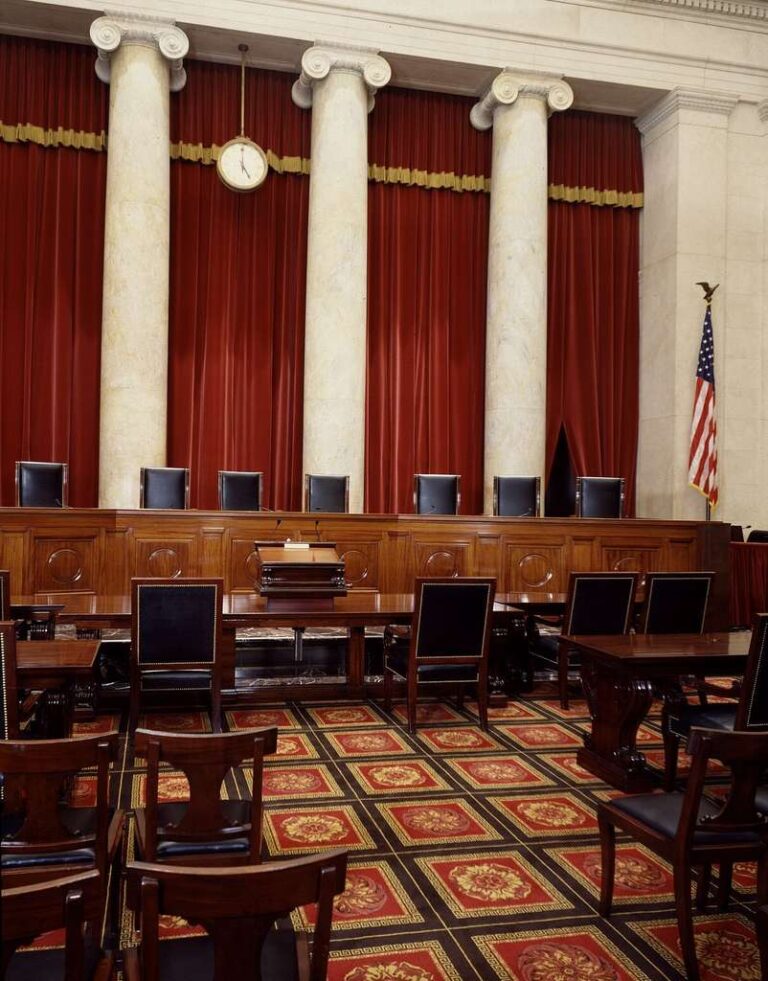
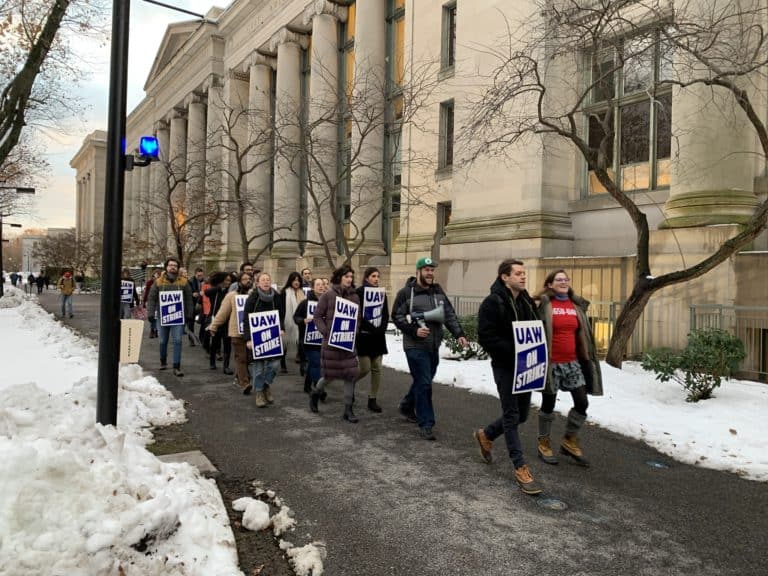
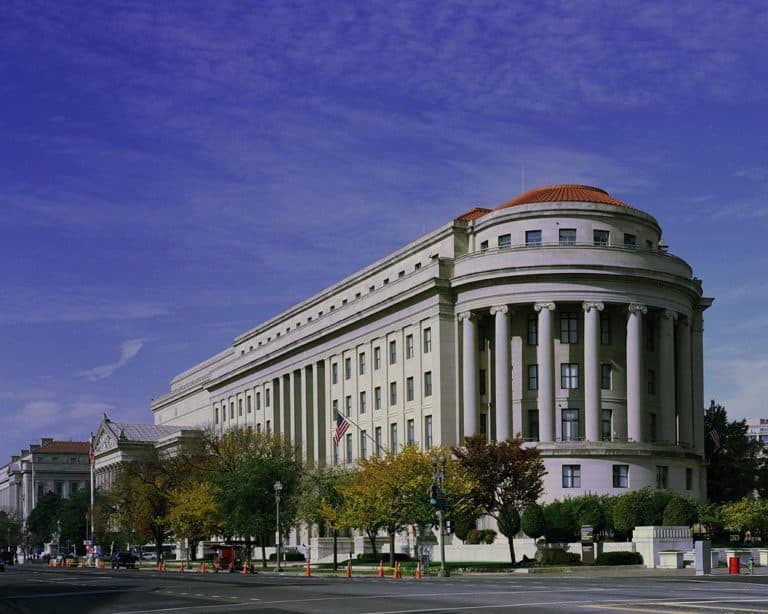
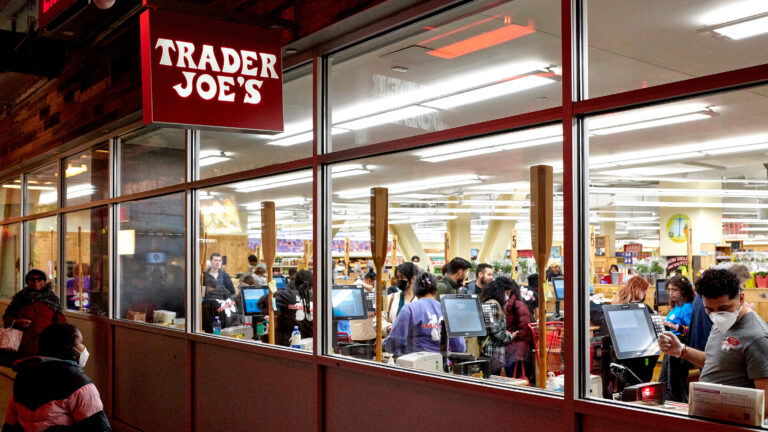

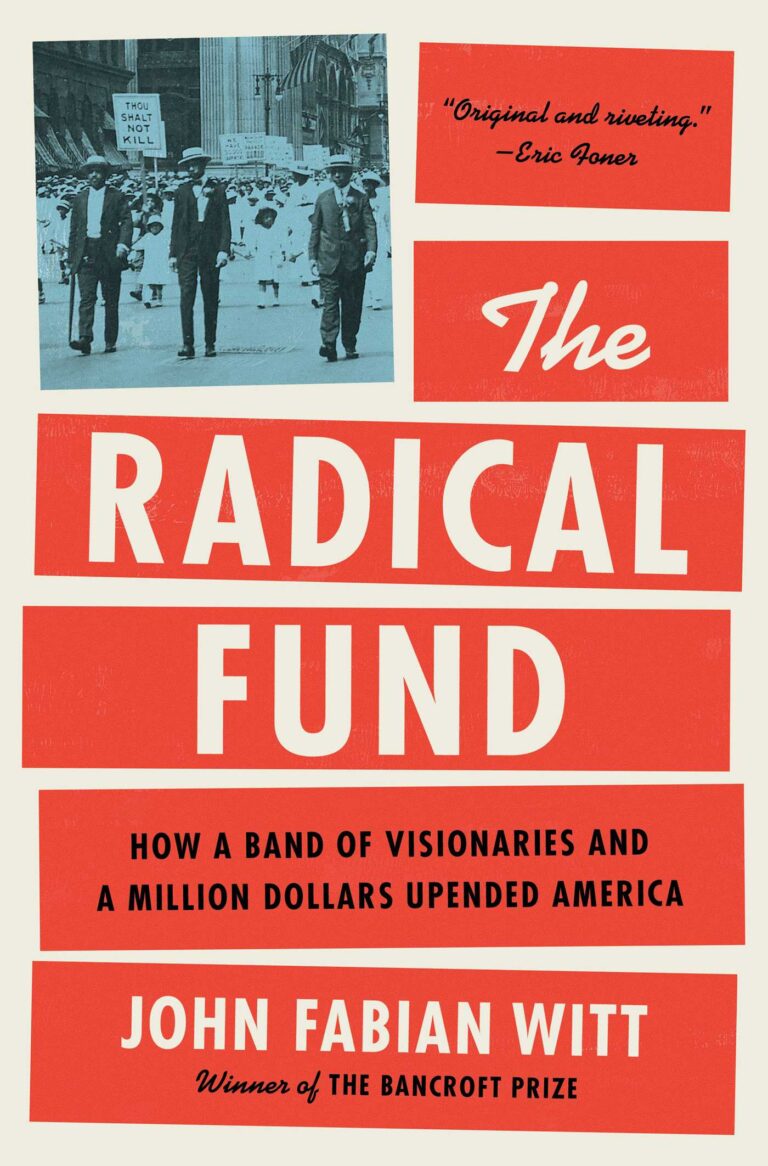
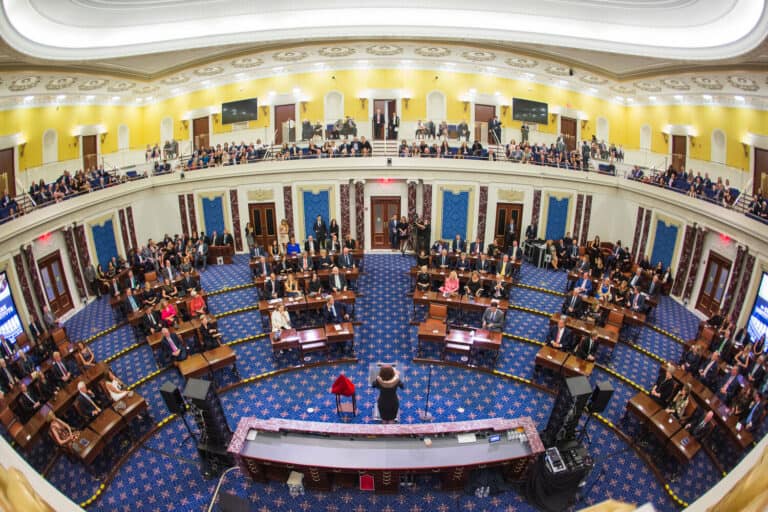
Daily News & Commentary
Start your day with our roundup of the latest labor developments. See all
November 17
Justices receive petition to resolve FLSA circuit split, vaccine religious discrimination plaintiffs lose ground, and NJ sues Amazon over misclassification.
November 16
Boeing workers in St. Louis end a 102-day strike, unionized Starbucks baristas launch a new strike, and Illinois seeks to expand protections for immigrant workers
November 14
DOT rule involving immigrant truck drivers temporarily stayed; Unions challenge Loyalty Question; Casino dealers lose request for TRO to continue picketing
November 13
Condé Nast accused of union busting; Supreme Court declines to hear Freedom Foundation’s suit challenging union membership cancellation policies; and AFT-120 proposes a “Safe Sleep Lots” program for families facing homelessness.
November 12
Starbucks and the NLRB face off over a dress code dispute, and mental healthcare workers face a reckoning with AI.
November 11
A proposed federal labor law overhaul, SCOTUS declines to undo a $22 million FLSA verdict, and a railroad worker’s ADA claim goes to jury trial.